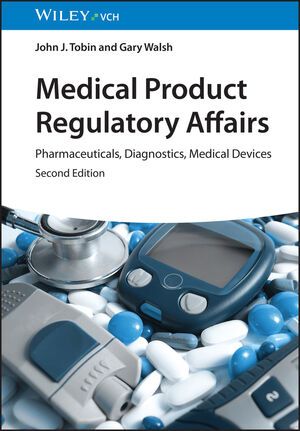
Hands-on guide through the jungle of medical regulatory affairs for every professional involved in bringing new products to market.
Based on a module prepared by the authors for an MSc course offered by the University of Limerick, Ireland, Medical Product Regulatory Affairs is a comprehensive and practical guide on how pharmaceutical and medical devices are regulated within the major global markets. The Second Edition builds on the success of the first with an even wider scope and full coverage of new EU regulations on the safe use of medical devices.
Following a look at drug development, complete sections are devoted to national and EU regulatory issues, manufacturing license application and retention, and regulation in the USA. Other topics dealt with include CDER, CBER and marketing and manufacturing licenses, the ICH process and Good Laboratory/Clinical/ Manufacturing Practices.
Medical Product Regulatory Affairs includes information on:
The wide coverage of different product types and the main global markets makes Medical Product Regulatory Affairs ideal for training courses on regulatory affairs in academia and industry. It is also a valuable reference for pharmacologists, bioengineers, pharma engineers, and students in pharmacy to familiarize themselves with the topic.